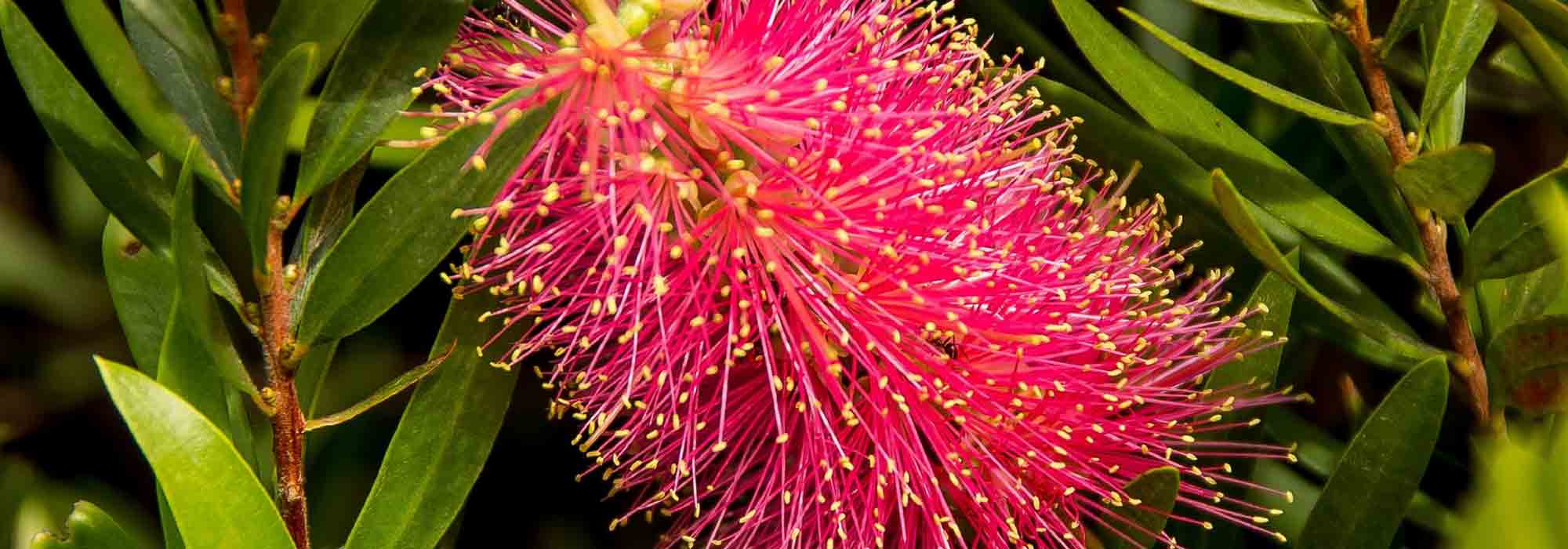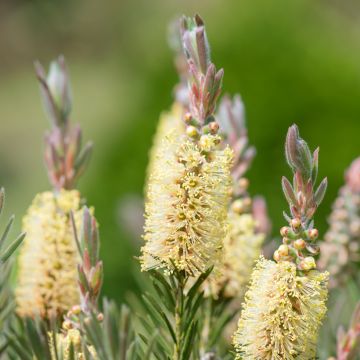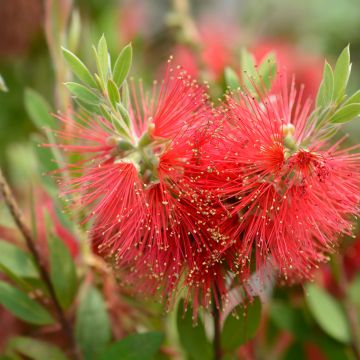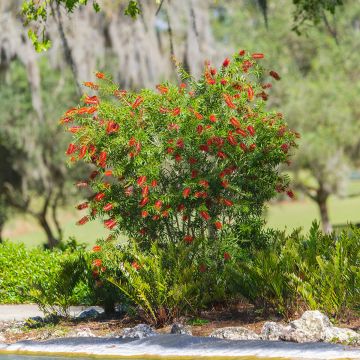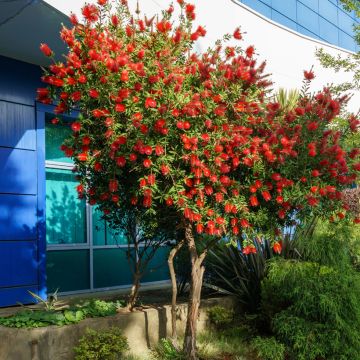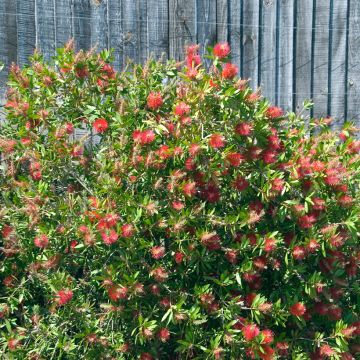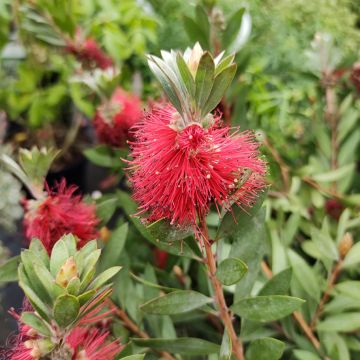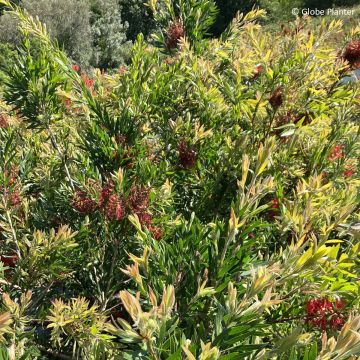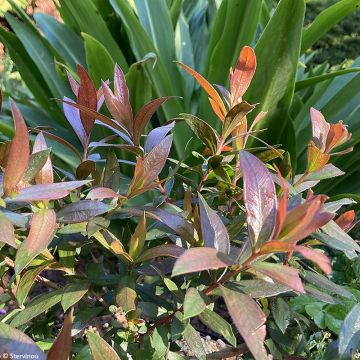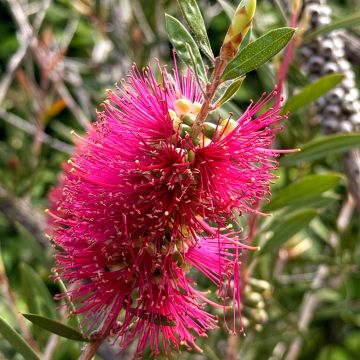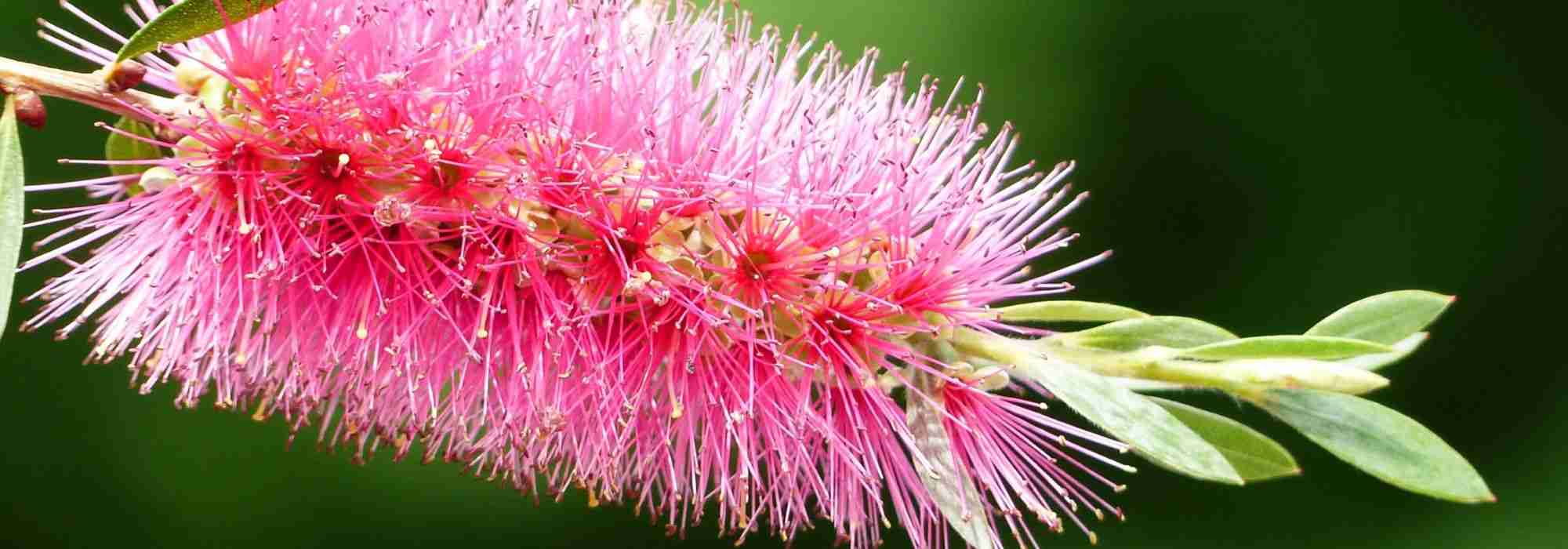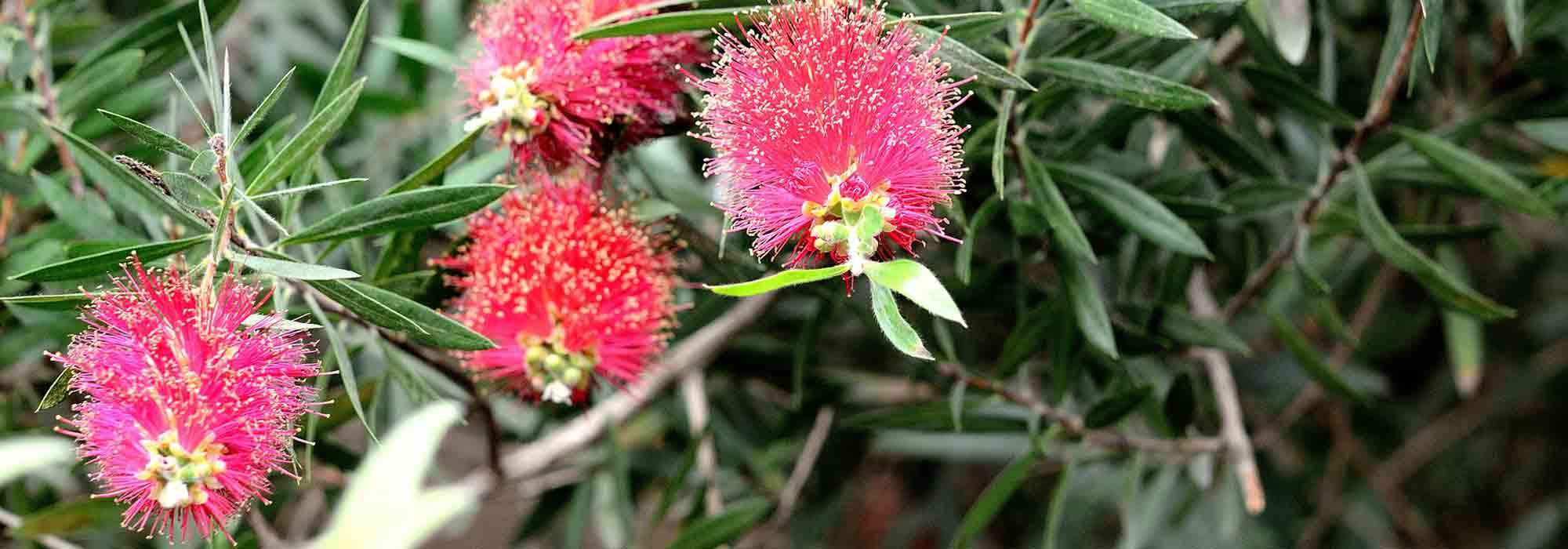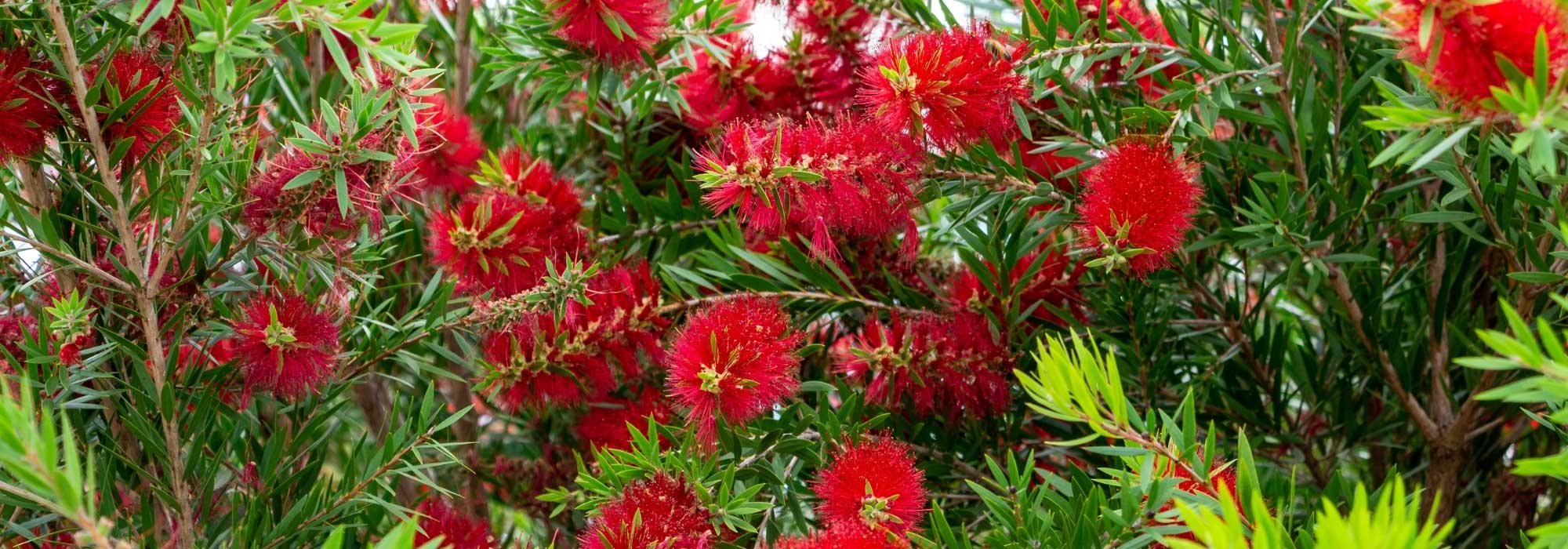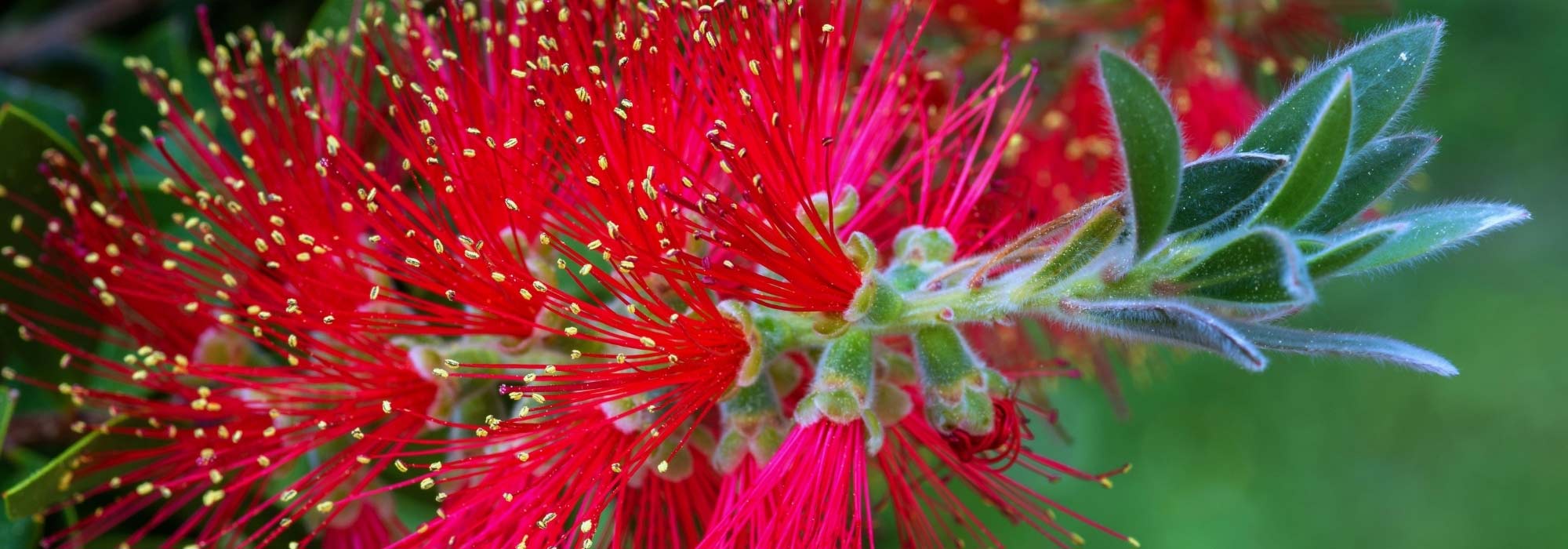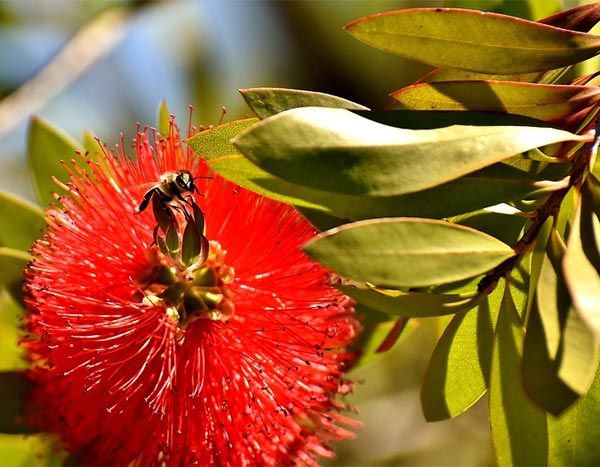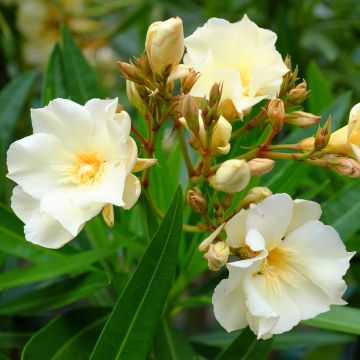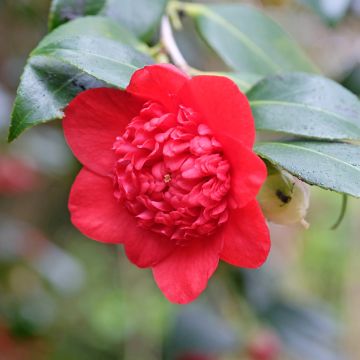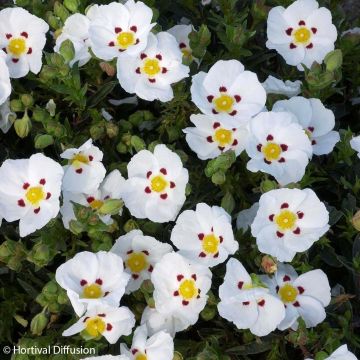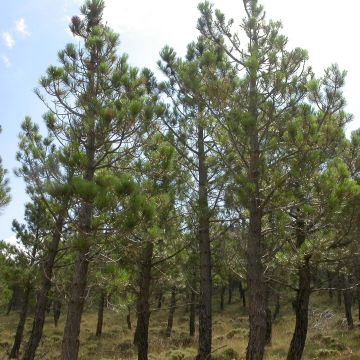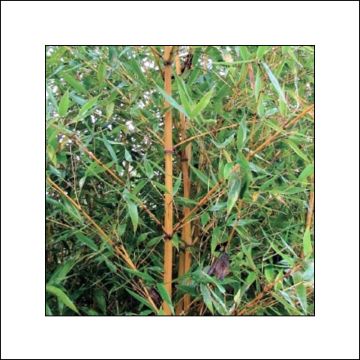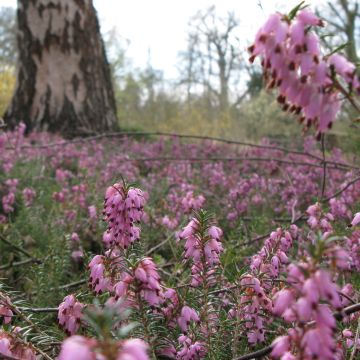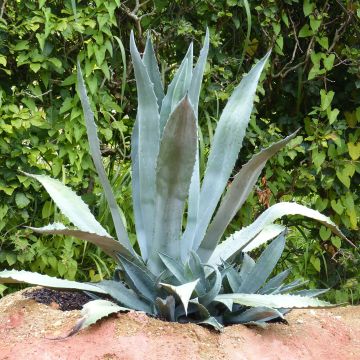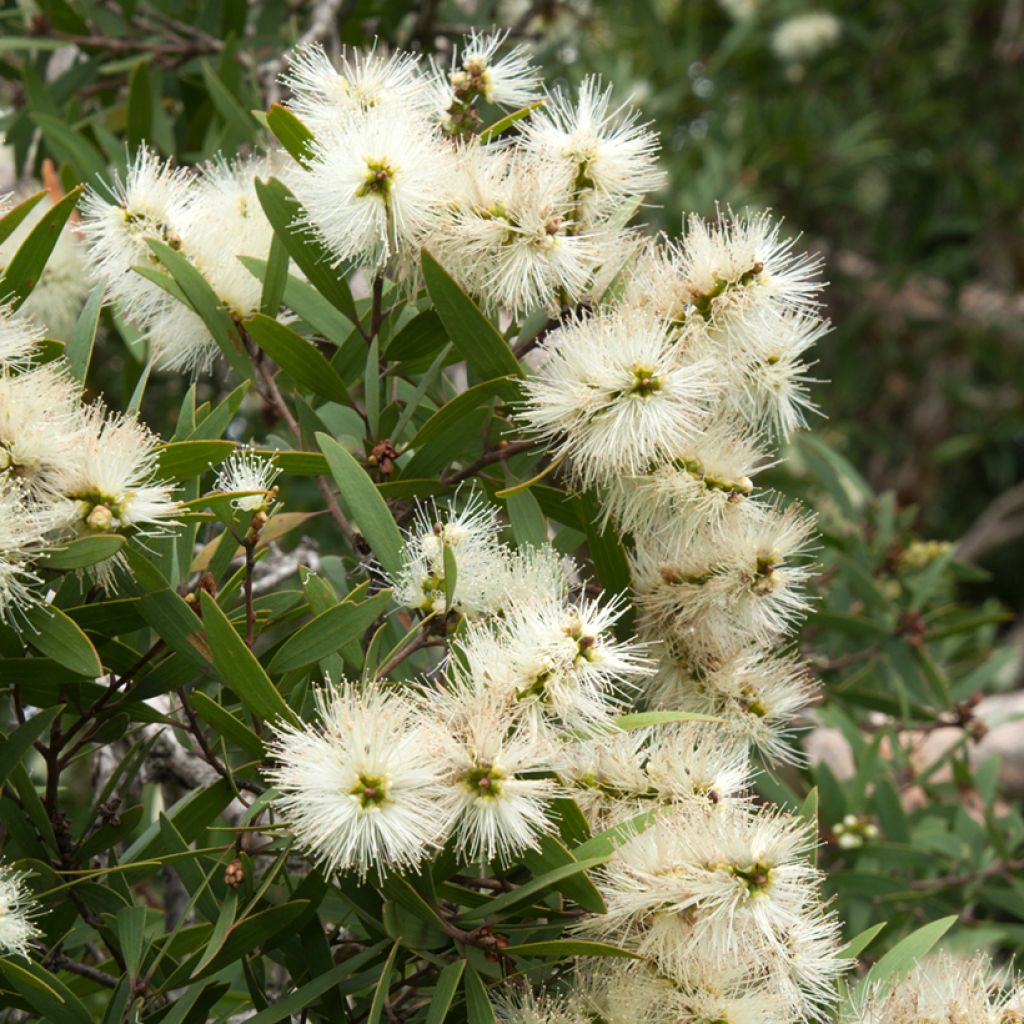

Callistemon salignus White - Bottlebrush
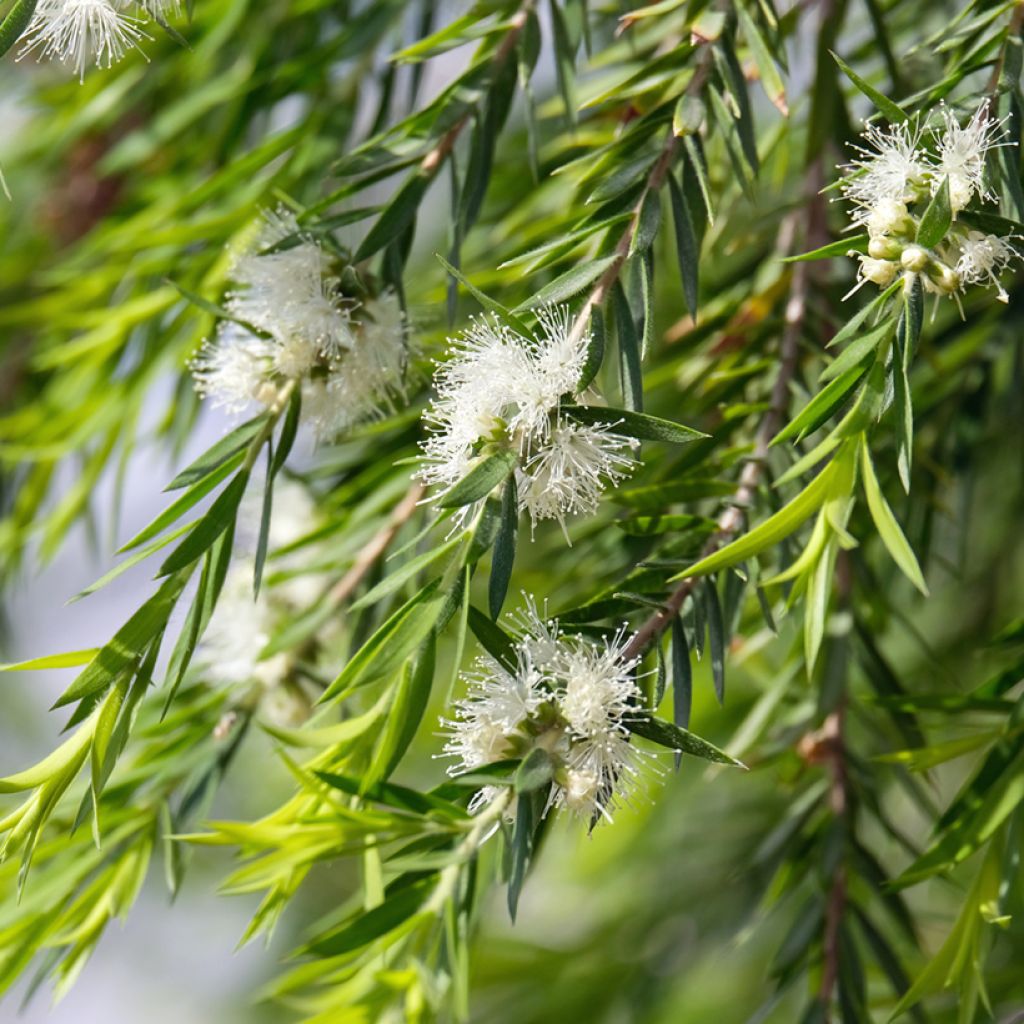

Callistemon salignus White - Bottlebrush
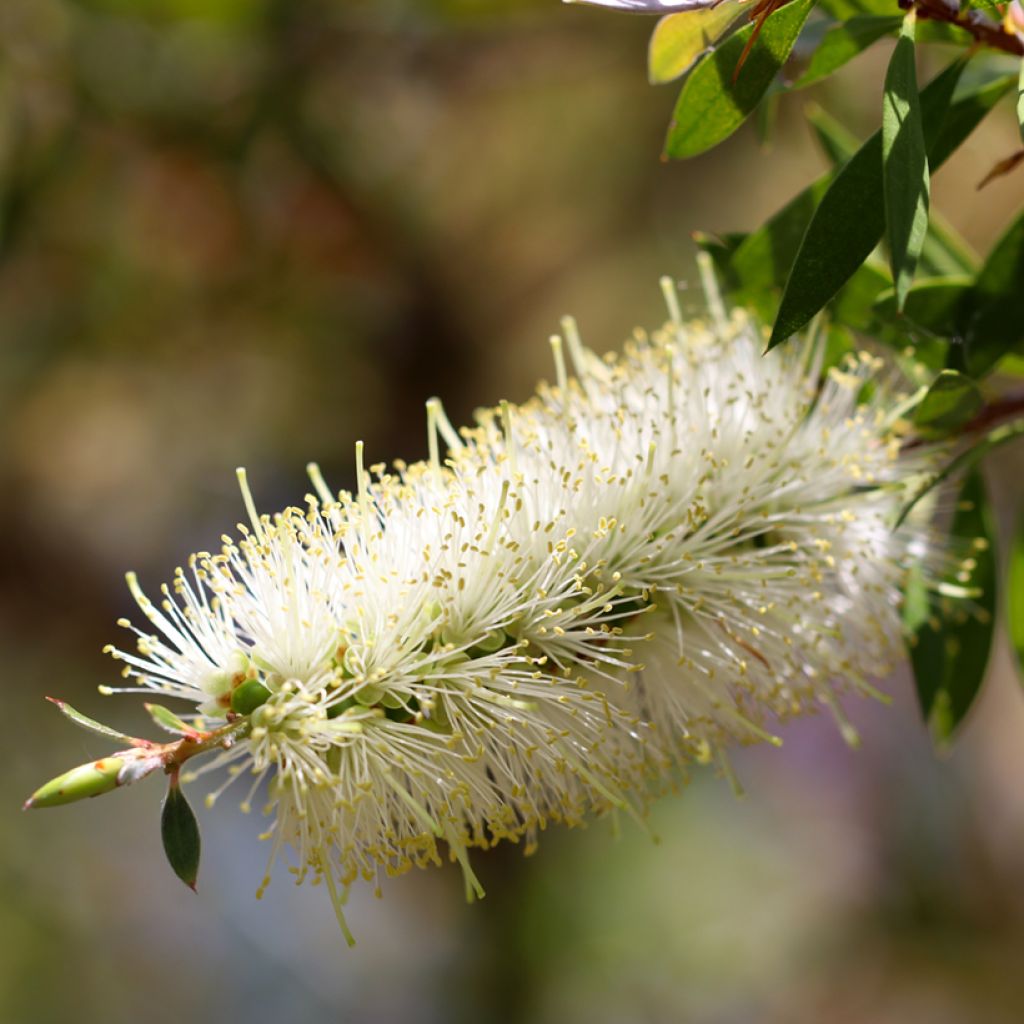

Callistemon salignus White - Bottlebrush
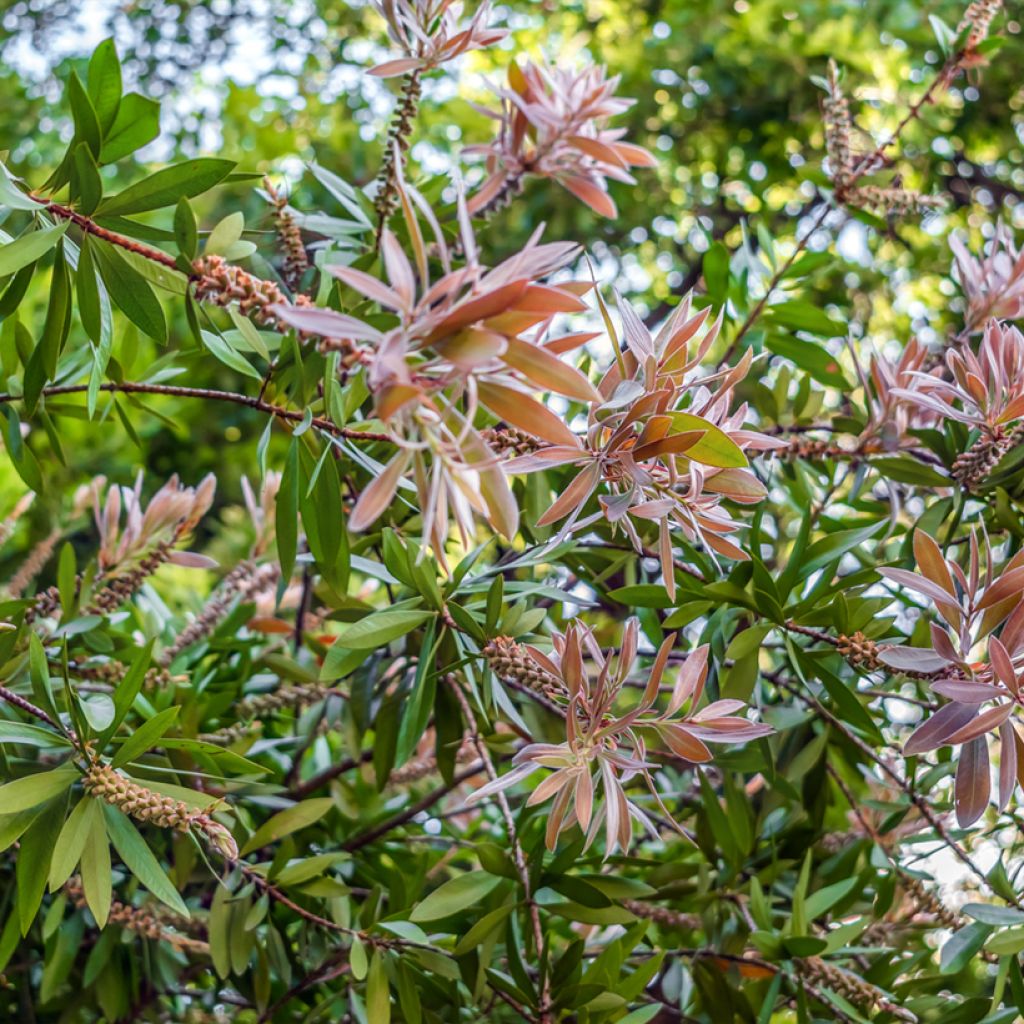

Callistemon salignus White - Bottlebrush
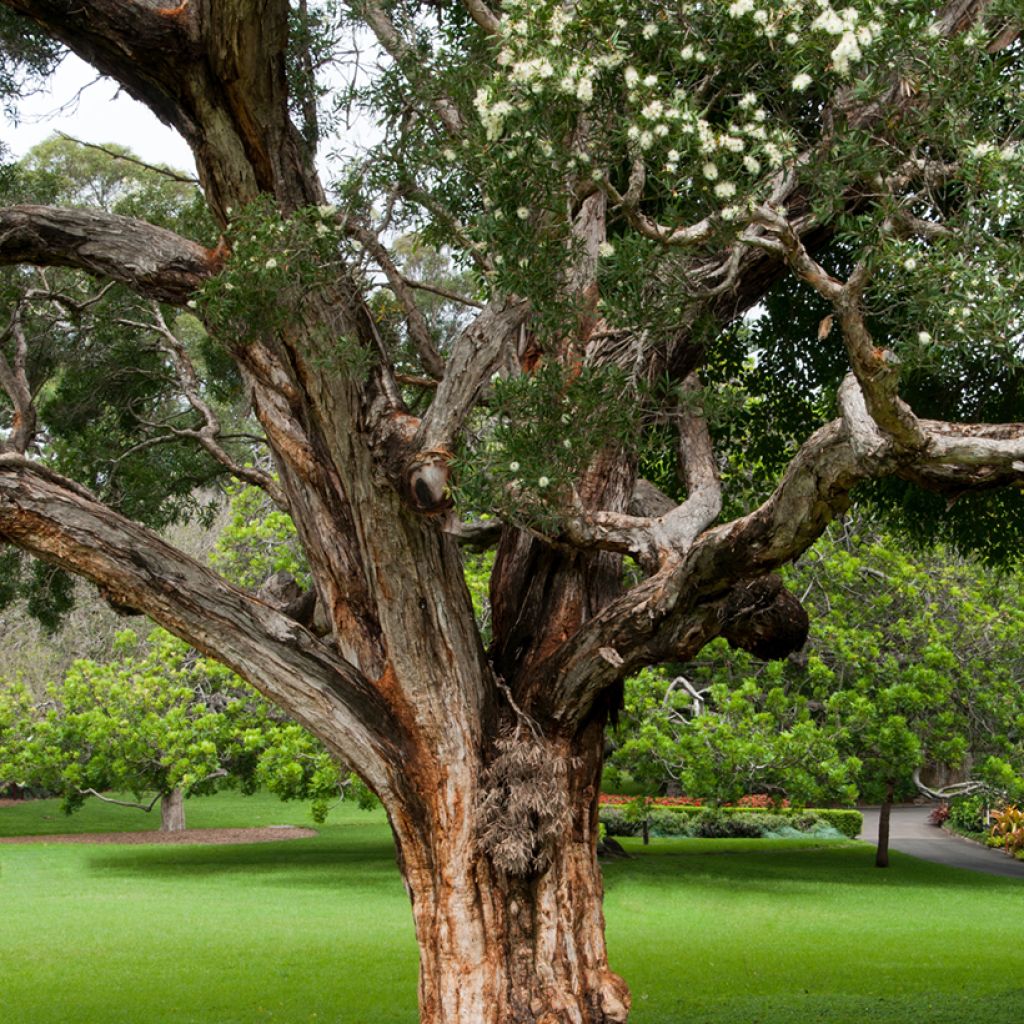

Callistemon salignus White - Bottlebrush
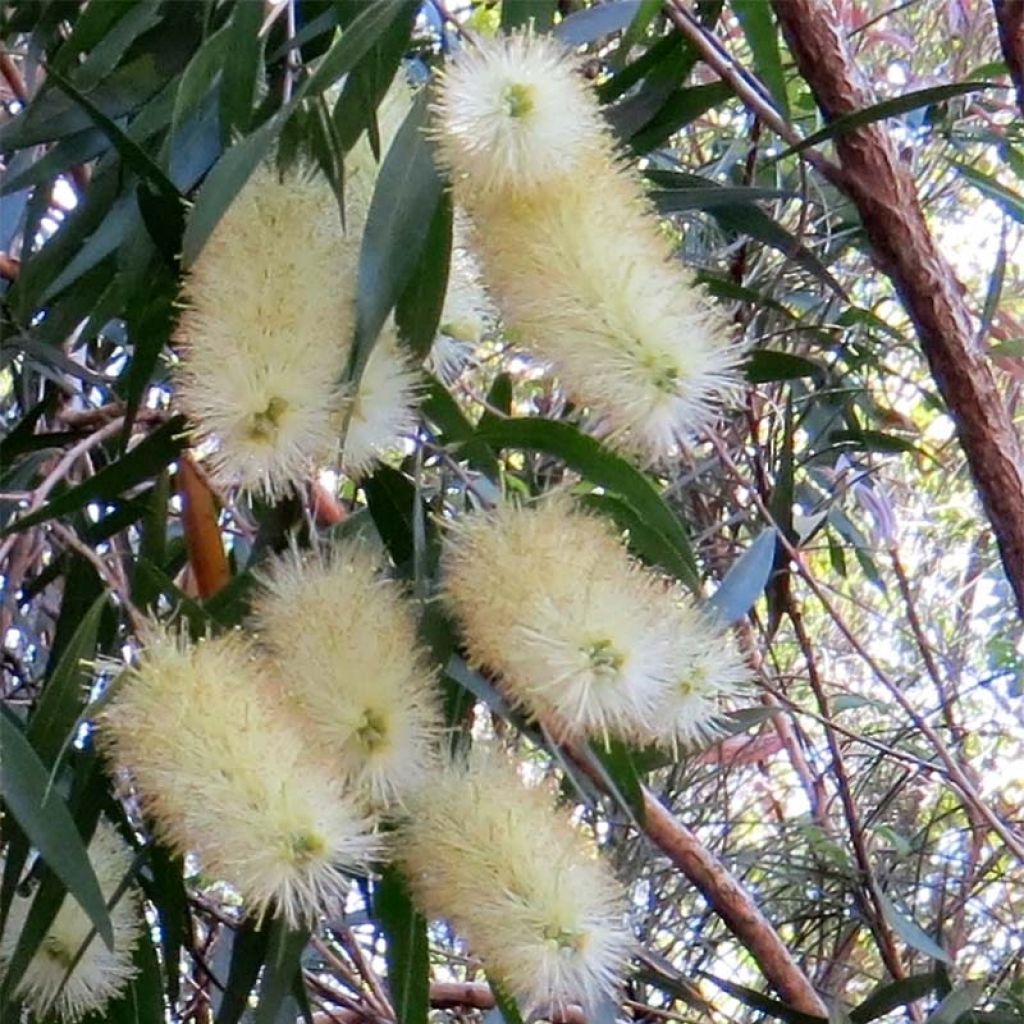

Callistemon salignus White - Bottlebrush
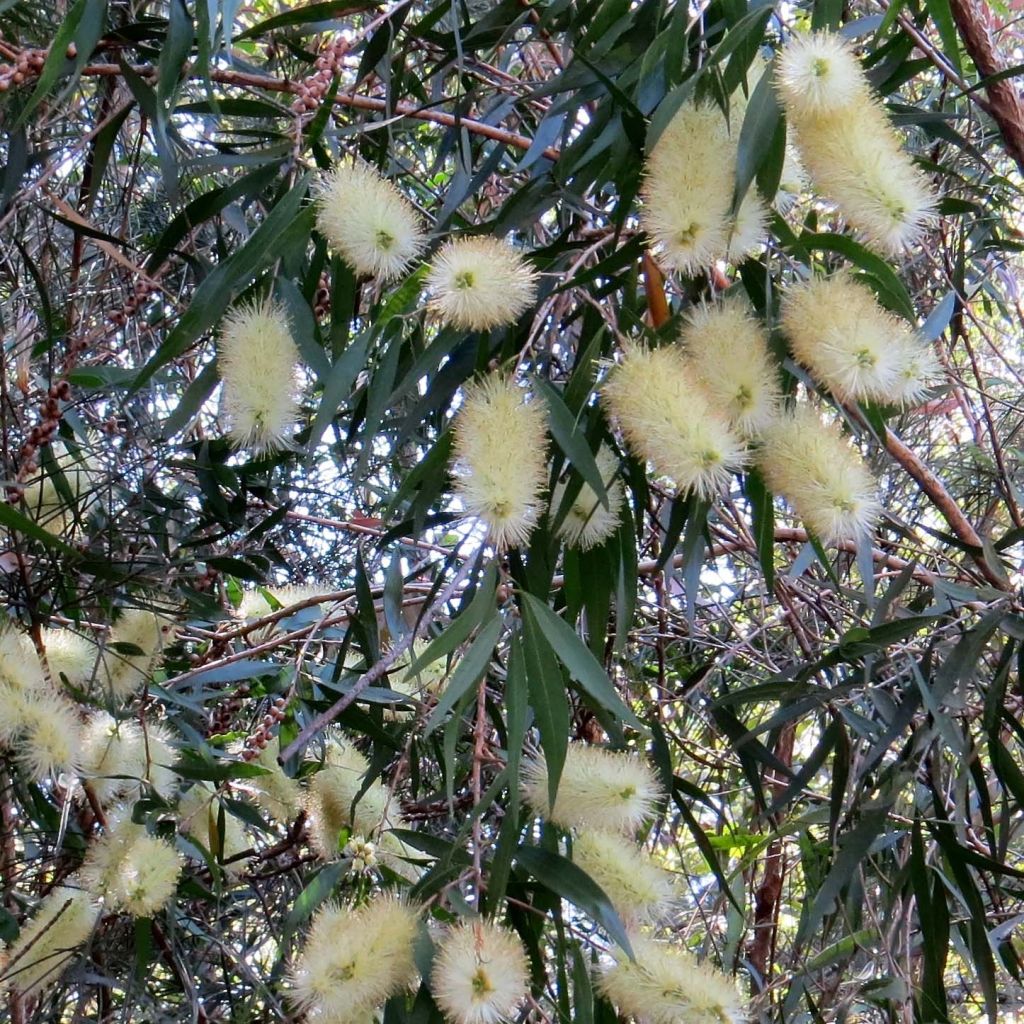

Callistemon salignus White - Bottlebrush
Callistemon salignus White - Bottlebrush
Callistemon salignus White
White Bottlebrush, Willow Bottlebrush
Very beautiful young plant received, soon to be in flower. However, the pendulous vine-plant is missing the label that can be left on the plant, as I like to know what is in my garden.
Dim, 16/03/2022
Special offer!
Receive a €20 voucher for any order over €90 (excluding delivery costs, credit notes, and plastic-free options)!
1- Add your favorite plants to your cart.
2- Once you have reached €90, confirm your order (you can even choose the delivery date!).
3- As soon as your order is shipped, you will receive an email containing your voucher code, valid for 3 months (90 days).
Your voucher is unique and can only be used once, for any order with a minimum value of €20, excluding delivery costs.
Can be combined with other current offers, non-divisible and non-refundable.
Home or relay delivery (depending on size and destination)
Schedule delivery date,
and select date in basket
This plant carries a 24 months recovery warranty
More information
We guarantee the quality of our plants for a full growing cycle, and will replace at our expense any plant that fails to recover under normal climatic and planting conditions.
Would this plant suit my garden?
Set up your Plantfit profile →
Description
Callistemon salignus, recently classified under the genus Melaleuca, is an Australian bush that is very accommodating, hardy down to -7°C (19.4 °F), tolerant of both occasionally dry and poor soils as well as waterlogged ones. It forms a cluster of arching stems, covered in long lanceolate leaves and numerous white flowers that resemble small bottle brushes, from spring to autumn. It is best grown in the ground in mild, oceanic or Mediterranean climates. However, it also thrives in large pots and can be overwintered anywhere else.
Native to the southern coasts of Australia and Tasmania, the Melaleuca can be found on marshy and windswept heathlands, up to 1500m (4921ft) altitude. The name Melaleuca comes from the Greek words for black and white, describing its dark trunk and white branches. It belongs to the myrtle family, just like its Australian cousins Leptospermum and Eucalyptus, and its Mediterranean relatives Myrtus. It naturally grows in mild, oceanic climates, as well as occasionally dry areas, usually on mineral-poor, leached, rather acidic soil with a limestone subsoil. The essential oil of Niaouli is produced from Melaleuca.
Callistemon salignus is a ramified bush that can reach up to 1.50m (4ft 11in) in height and 4m (13ft 1in) in width at maturity, sometimes more in optimal conditions in the ground. This bush has trailing branches and long aromatic leaves that are alternately arranged. Their colour ranges from bluish-green to greyish-green. The juvenile foliage is a pretty pink-red. The slightly fragrant flowers, which are nectar-rich and attractive to bees, appear from May to July, although this can vary considerably depending on the climate. The flowers are composed of long white stamens and are grouped in 4 to 10 spikes that resemble bottle brushes at the tips of the branches. They produce woody capsules, embedded in the bark, containing seeds that take one to two years to mature. This bush can be lightly pruned after flowering, from May to July.
Once established, Callistemon salignus adapts to almost any type of soil, even limestone, waterlogged or dry in summer. It can withstand temperatures as low as -7°C (19.4 °F), but the above-ground parts may be damaged at -5°C (23 °F). It should be planted in a sheltered location, in full sun but not in excessively hot conditions. It tolerates sea spray well, making it a beautiful addition to mixed hedges (of moderate size) in coastal gardens. It can be planted as a specimen or in mass plantings, alongside Grevillea, Leptospermum, and other plants. It can also be used in the creation of an evergreen hedge, alongside Myrtus, evergreen Ceanothus, large Cistus (Cistus laurifolius, Cistus x aguilari), Feijoa, Oleander, and other lavender species. In regions with very cold winters, the plant should be grown in a pot and protected from frost throughout the winter.
Callistemon salignus White - Bottlebrush in pictures
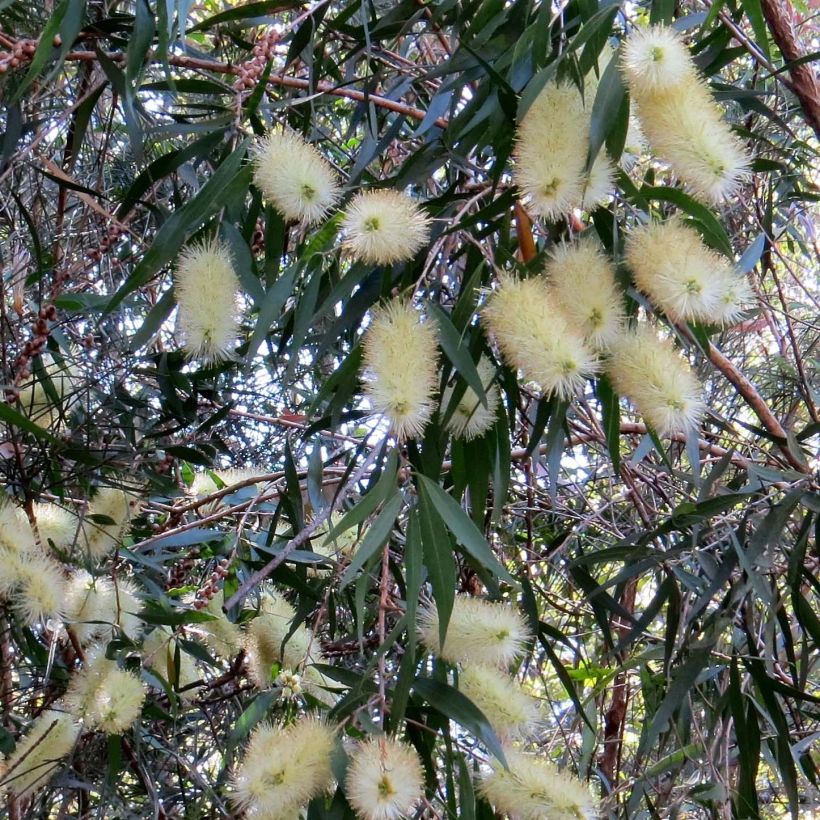

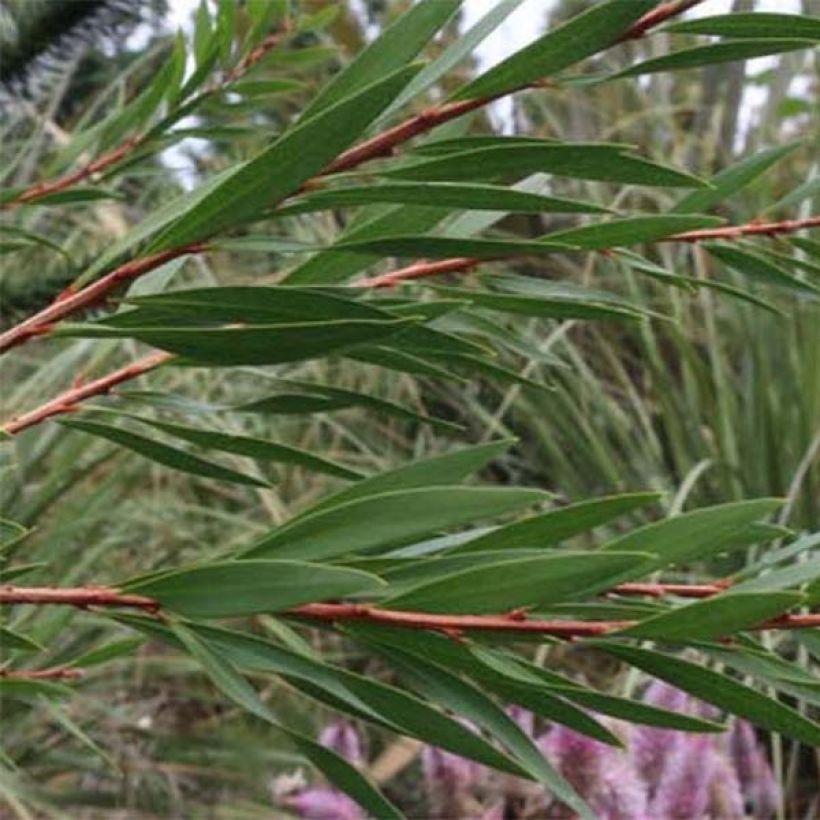



Plant habit
Flowering
Foliage
Botanical data
Callistemon
salignus
White
Myrtaceae
White Bottlebrush, Willow Bottlebrush
Australia
Other Callistemon
View all →Planting and care
Callistemon salignus will thrive in a light, well-drained, fertile, moist to dry soil in summer, even though it greatly appreciates regular watering to support its beautiful flowering. Loose soil, whether humus-rich, slightly rocky or sandy, slightly acidic, neutral or even slightly alkaline, will do. It tolerates sea spray well, and tolerates poorly drained or heavy soils better than most other Callistemon species. Plant it in September-October in a warm climate. It will flourish in full sun or partial shade and likes to have warm roots. Under these conditions, it is hardy down to -5 or -6°C (23 or 21.2 °F), and can live for many years. Surround it with a winter protection fleece in colder regions, and insulate it as much as possible from the cold. Plant it in the warmest corner of the garden, in full sun against a south-facing wall. However, in our regions further away from the sea, it will be necessary to grow it in a large pot and store it indoors in winter, in a bright but unheated room.
Pot cultivation:
Ensure good drainage at the bottom of the pot, which should be of large volume. Use a light substrate, enriched with leaf compost, and apply a slow-release fertilizer in late winter and autumn. Water generously in summer, allowing the soil to dry out slightly between waterings. The more you water, the more your Callistemon will flower.
Planting period
Intended location
Care
Planting & care advice
-
, onOrder confirmed
Reply from on Promesse de fleurs
Similar products
Haven't found what you were looking for?
Hardiness is the lowest winter temperature a plant can endure without suffering serious damage or even dying. However, hardiness is affected by location (a sheltered area, such as a patio), protection (winter cover) and soil type (hardiness is improved by well-drained soil).

Photo Sharing Terms & Conditions
In order to encourage gardeners to interact and share their experiences, Promesse de fleurs offers various media enabling content to be uploaded onto its Site - in particular via the ‘Photo sharing’ module.
The User agrees to refrain from:
- Posting any content that is illegal, prejudicial, insulting, racist, inciteful to hatred, revisionist, contrary to public decency, that infringes on privacy or on the privacy rights of third parties, in particular the publicity rights of persons and goods, intellectual property rights, or the right to privacy.
- Submitting content on behalf of a third party;
- Impersonate the identity of a third party and/or publish any personal information about a third party;
In general, the User undertakes to refrain from any unethical behaviour.
All Content (in particular text, comments, files, images, photos, videos, creative works, etc.), which may be subject to property or intellectual property rights, image or other private rights, shall remain the property of the User, subject to the limited rights granted by the terms of the licence granted by Promesse de fleurs as stated below. Users are at liberty to publish or not to publish such Content on the Site, notably via the ‘Photo Sharing’ facility, and accept that this Content shall be made public and freely accessible, notably on the Internet.
Users further acknowledge, undertake to have ,and guarantee that they hold all necessary rights and permissions to publish such material on the Site, in particular with regard to the legislation in force pertaining to any privacy, property, intellectual property, image, or contractual rights, or rights of any other nature. By publishing such Content on the Site, Users acknowledge accepting full liability as publishers of the Content within the meaning of the law, and grant Promesse de fleurs, free of charge, an inclusive, worldwide licence for the said Content for the entire duration of its publication, including all reproduction, representation, up/downloading, displaying, performing, transmission, and storage rights.
Users also grant permission for their name to be linked to the Content and accept that this link may not always be made available.
By engaging in posting material, Users consent to their Content becoming automatically accessible on the Internet, in particular on other sites and/or blogs and/or web pages of the Promesse de fleurs site, including in particular social pages and the Promesse de fleurs catalogue.
Users may secure the removal of entrusted content free of charge by issuing a simple request via our contact form.
The flowering period indicated on our website applies to countries and regions located in USDA zone 8 (France, the United Kingdom, Ireland, the Netherlands, etc.)
It will vary according to where you live:
- In zones 9 to 10 (Italy, Spain, Greece, etc.), flowering will occur about 2 to 4 weeks earlier.
- In zones 6 to 7 (Germany, Poland, Slovenia, and lower mountainous regions), flowering will be delayed by 2 to 3 weeks.
- In zone 5 (Central Europe, Scandinavia), blooming will be delayed by 3 to 5 weeks.
In temperate climates, pruning of spring-flowering shrubs (forsythia, spireas, etc.) should be done just after flowering.
Pruning of summer-flowering shrubs (Indian Lilac, Perovskia, etc.) can be done in winter or spring.
In cold regions as well as with frost-sensitive plants, avoid pruning too early when severe frosts may still occur.
The planting period indicated on our website applies to countries and regions located in USDA zone 8 (France, United Kingdom, Ireland, Netherlands).
It will vary according to where you live:
- In Mediterranean zones (Marseille, Madrid, Milan, etc.), autumn and winter are the best planting periods.
- In continental zones (Strasbourg, Munich, Vienna, etc.), delay planting by 2 to 3 weeks in spring and bring it forward by 2 to 4 weeks in autumn.
- In mountainous regions (the Alps, Pyrenees, Carpathians, etc.), it is best to plant in late spring (May-June) or late summer (August-September).
The harvesting period indicated on our website applies to countries and regions in USDA zone 8 (France, England, Ireland, the Netherlands).
In colder areas (Scandinavia, Poland, Austria...) fruit and vegetable harvests are likely to be delayed by 3-4 weeks.
In warmer areas (Italy, Spain, Greece, etc.), harvesting will probably take place earlier, depending on weather conditions.
The sowing periods indicated on our website apply to countries and regions within USDA Zone 8 (France, UK, Ireland, Netherlands).
In colder areas (Scandinavia, Poland, Austria...), delay any outdoor sowing by 3-4 weeks, or sow under glass.
In warmer climes (Italy, Spain, Greece, etc.), bring outdoor sowing forward by a few weeks.






























